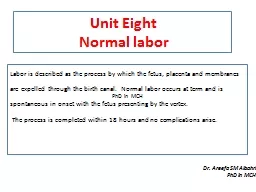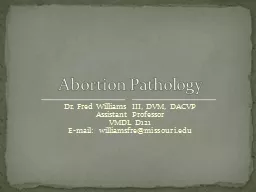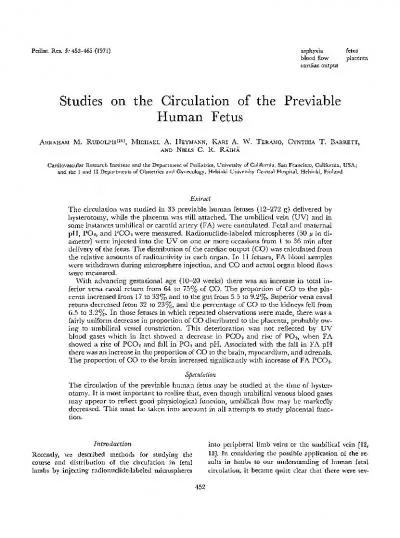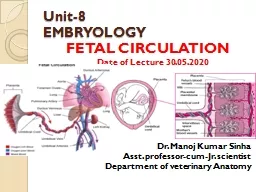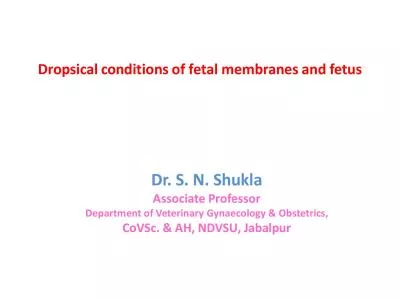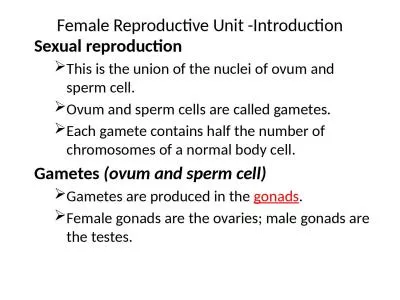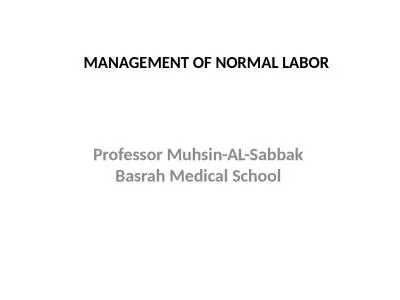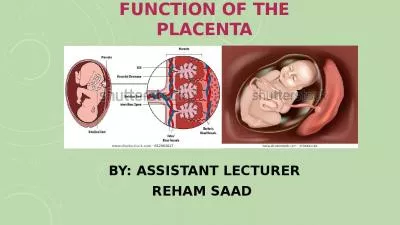PPT-Unit Eight Normal labor Labor is described as the process by which the fetus, placenta
Author : danika-pritchard | Published Date : 2019-06-28
The process is completed within 18 hours and no complications arise PhD in MCH Dr Areefa SM Albahri PhD in MCH Initiation of labor The exact mechanism that
Presentation Embed Code
Download Presentation
Download Presentation The PPT/PDF document "Unit Eight Normal labor Labor is describ..." is the property of its rightful owner. Permission is granted to download and print the materials on this website for personal, non-commercial use only, and to display it on your personal computer provided you do not modify the materials and that you retain all copyright notices contained in the materials. By downloading content from our website, you accept the terms of this agreement.
Unit Eight Normal labor Labor is described as the process by which the fetus, placenta: Transcript
Download Rules Of Document
"Unit Eight Normal labor Labor is described as the process by which the fetus, placenta"The content belongs to its owner. You may download and print it for personal use, without modification, and keep all copyright notices. By downloading, you agree to these terms.
Related Documents

